Shaping the Future of Dining
By Shannon Hautot, CEO, MOBI
As we progress into 2025, the restaurant industry is on the brink of a major transformation. To stay competitive, restaurants are reimagining how they engage with customers, deliver experiences, and optimize operations. Here are the top hospitality trends expected to shape the dining landscape in 2025.
- Personalization at Scale
Consumers today are more likely to choose brands that offer tailored experiences. Restaurants are leveraging AI and customer data to personalize dining in a way that goes beyond the traditional one-size-fits-all approach. From customized menu suggestions based on past orders to personalized promotions and loyalty offers, restaurants are using advanced technology to create individualized experiences.
A recent Innova Market Survey found that 64 per cent of global consumers expect personalized products and nutrition aligned with their lifestyles. This demand for personalization is also evident in dining. Restaurants are using AI-powered recommendation engines to suggest dishes based on dietary preferences, allergens, and previous orders. For example, vegan customers may be presented with plant-based options, and regulars might be reminded of their favourite menu items. This personalization fosters loyalty, increases customer satisfaction, and helps differentiate a restaurant in a crowded market.
Furthermore, Wakefield Research reports that 91 per cent of diners value personalized loyalty programs, with 50 per cent considering them extremely valuable. By using zero-party data (information that customers willingly share), restaurants can refine loyalty offerings, build deeper connections with guests, and increase repeat visits.
In quick-service restaurants (QSRs), data-driven personalization also boosts efficiency. By analyzing customer behaviour, QSRs can optimize menu items and streamline their service offerings. This approach enhances customer satisfaction and provides a competitive edge by creating memorable, customized dining experiences.
- Increase in Tariff-Driven Costs
Canada’s hospitality sector is grappling with significant challenges as the country braces for the economic impact of impending U.S. tariffs. These tariffs, projected to be as high as 25 per cent, are anticipated to ripple through the Canadian economy. According to Scotiabank, such tariffs could reduce Canada’s GDP by 3.8 per cent without retaliation and by 5.6 per cent if counter tariffs are imposed.
For the hospitality industry, these developments will compound existing financial pressures. Tariffs on imported goods, equipment, and food supplies are expected to drive up operational costs for restaurants, already reeling from record-high beef prices caused by prolonged droughts in Western Canada. According to the Canada’s Food Price Report 2025, a Canadian family of four will spend an increase of $801.56 on food in 2025. Rising vegetable prices, forecasted to climb by three to five per cent due to the weakened Canadian dollar, add another layer of strain on restaurants dependent on imported produce.
In response to these challenges, many Canadian restaurants are rethinking their strategies to remain competitive. Local sourcing has become a critical focus, reducing reliance on imported goods subject to tariffs and aligning with consumer preferences for sustainable dining options. However, this shift requires significant adjustments in procurement and menu design. Streamlining menus to emphasize high-margin items and reduce waste has become a common approach, helping restaurants control costs more effectively.
The predicted tariff impacts are still expected to drive restaurant prices up by three to five per cent, while other food categories, such as dairy and bakery items, are forecast to rise by two to four per cent. As a result, the hospitality industry is likely to face heightened pressure to balance cost increases with customer expectations for affordability and quality.
- Increased Automation and AI
Automation and AI are becoming central to restaurant operations, addressing labour shortages and enhancing efficiency. Automation is already transforming several facets of restaurant operations, from the kitchen to customer service. Robots can handle cooking and cleaning tasks, while AI-powered systems can manage reservations, take orders, and even suggest menu items to customers.
AI also plays a pivotal role in optimizing marketing efforts. Restaurants are increasingly using AI-powered tools to segment customer bases and deliver targeted campaigns. Predictive analytics allow businesses to forecast customer behaviour, identify emerging food trends, and adjust their menu offerings accordingly. This enables restaurants to stay agile and responsive to shifting consumer preferences. By combining automation with data analytics, restaurants can better align their service with customer demands, driving both efficiency and satisfaction.
- Consumers Expect Payment Flexibility
A 2020 Mastercard survey revealed that 79 per cent of respondents from 19 countries were using contactless payments, and that trend continues to grow. Today’s diners want options. Whether it’s paying with a mobile wallet, credit card, or even a mobile app, consumers will increasingly expect restaurants to provide seamless payment choices. A growing number of customers want to be able to use their preferred medium to make payments—whether it’s tap-to-pay, mobile payments, or peer-to-peer services like Venmo and PayPal.
The flexibility to choose how they pay will become as important as the food itself. This trend also extends to ordering and check-in systems, with technologies like QR code menus, which have gained widespread popularity for their convenience and hygiene benefits. Eater found that 78% of diners now prefer ordering via QR codes over printed menus, appreciating the control they have over their dining experience—whether customizing their meal or paying at their convenience, before or after eating.
Beyond just offering choice, contactless payment systems also optimize restaurant operations, reducing wait times and speeding up service. By streamlining workflows and eliminating bottlenecks in the payment process, these technologies enable a smoother and faster dining experience, all while meeting consumer expectations for safety and convenience.
- Rise of Ghost Kitchens
The growing demand for food delivery has fueled the expansion of ghost kitchens, which are delivery-only kitchens designed to optimize for off-premise dining. In 2023, the ghost kitchen market was valued at $3.54 billion and is expected to grow to $104.3 billion by 2030. These kitchens eliminate the need for a physical storefront, reducing costs related to real estate, staffing, and dining space.
Ghost kitchens also provide flexibility for restaurateurs to test new concepts with minimal financial risk. By using existing commercial kitchen space, restaurants can experiment with virtual restaurant brands that cater to niche markets or emerging trends. For instance, a restaurant can launch a "pop-up" virtual brand that focuses on a smaller customer base while simultaneously operating a larger brand.
With consumers increasingly expecting quick and convenient delivery options, ghost kitchens allow restaurants to meet demand without the overhead of traditional dine-in spaces. The rise of virtual brands is also allowing operators to test new menus and quickly adapt to changing tastes, making them more agile in responding to consumer preferences.
- Experiential Dining
In 2025, dining will no longer be just about the food—it's about the experience. Consumers increasingly crave immersive, multi-sensory dining experiences that engage all their senses. The rise of experiential dining is transforming traditional restaurant formats, as consumers seek to experience more than just a meal.
In a recent study by Technomic, 72 per cent of diners expressed a desire for more experiential dining options. This trend is reflected in the growth of themed dining rooms, interactive cooking classes, chef's table experiences, and live entertainment integrated into the dining experience. Restaurants will continue to experiment with new formats, including pop-up dining, food festivals, and unique collaborations to create exciting and memorable experiences. These experiences are often designed to offer a sense of exclusivity and engagement, appealing to consumers looking for something beyond standard dining.
Technology will play a significant role in this transformation, enabling restaurants to create hyper-personalized experiences that adapt to guests' needs in real-time. By using AI-driven microsegmentation, restaurants can adjust the environment, menu, or service style based on each guest’s preferences, behaviours, and past visits.
As part of the experiential dining trend, some restaurants will incorporate augmented reality (AR), virtual reality (VR), and interactive digital displays to enhance the ambiance. These innovations will make dining out an unforgettable event—one that appeals to all the senses and provides a deep connection between the diner and the brand.
- Social Media Marketing
Social media has already become a vital part of restaurant marketing, and by 2025, its influence will be even greater, playing a central role in engaging customers, building brand awareness, and fostering loyalty. Platforms like Instagram, TikTok, and Facebook will drive customer engagement through visual storytelling, influencer collaborations, and targeted ads. Restaurants will continue using these platforms to showcase new dishes, promote special events, and build brand awareness.
User-generated content (UGC) will also play a key role in visibility. Encouraging customers to share their experiences can boost reach, especially when paired with influencer partnerships. 38 per cent of TikTok users in the US have visited or ordered food from a restaurant after seeing it on the app, highlighting the power of social media in driving real-world action.
By leveraging these platforms not only for marketing but also for community-building and real-time feedback, restaurants can strengthen relationships, increase customer loyalty, and drive traffic both online and offline.
Conclusion
The future of dining in 2025 will be shaped by a blend of personalization, technology, and creative experiences. By embracing these trends, restaurateurs can meet the changing demands of their customers and create dining experiences that feel both innovative and personal. With inflation and economic uncertainty, finding the right balance between innovation and cost-effectiveness will be crucial for success. As the industry navigates these changes, one thing is clear: the restaurant of tomorrow will be smarter, more efficient, and more tailored to individual tastes than ever before.



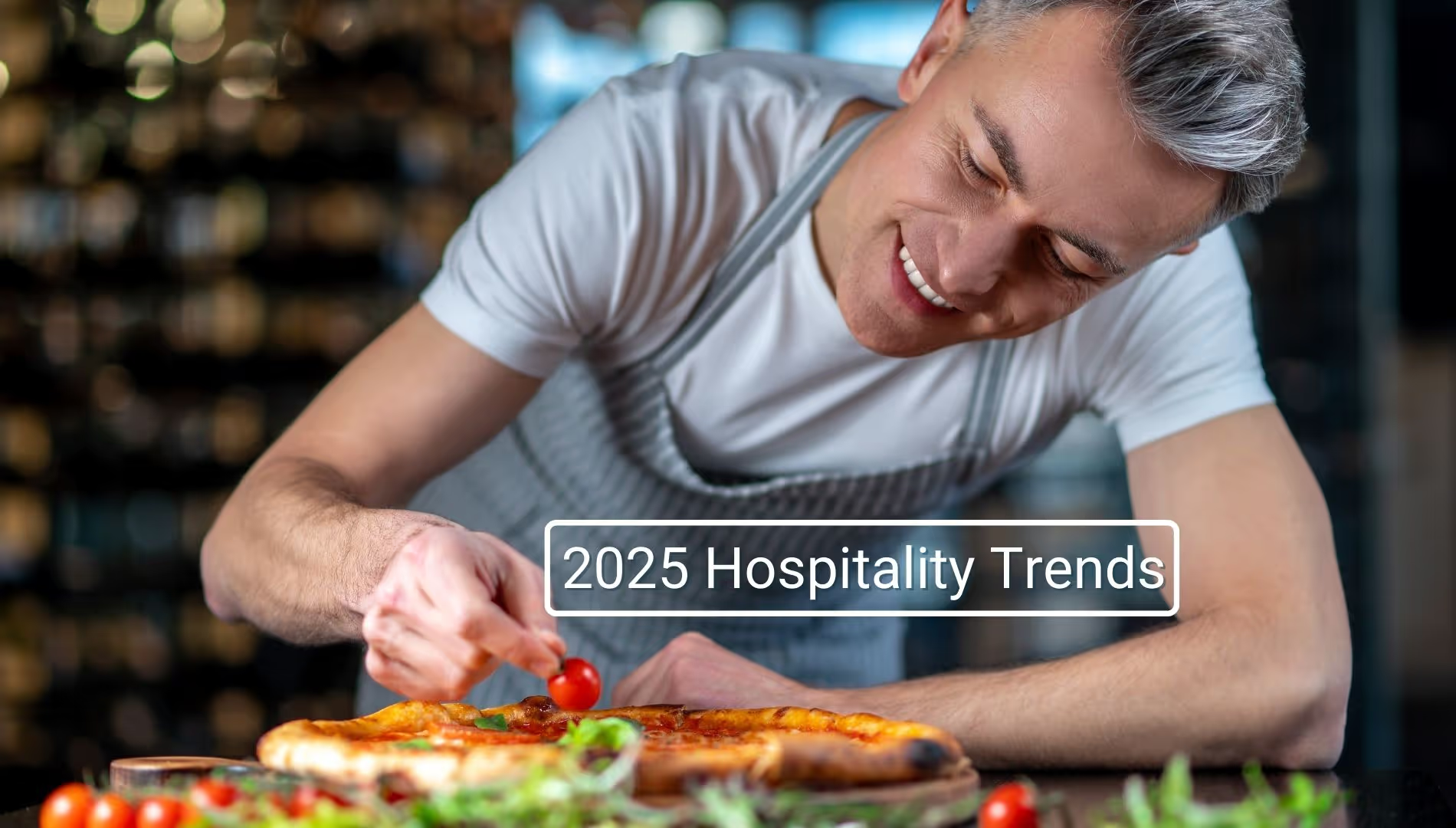


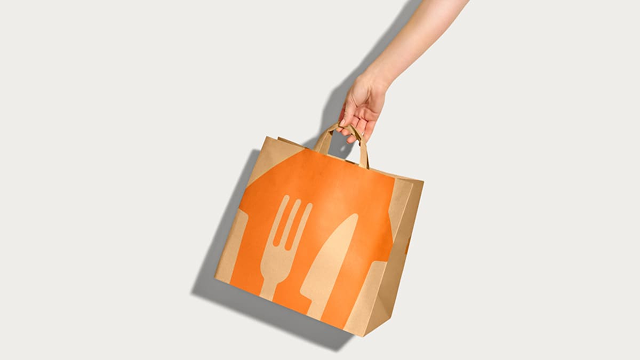
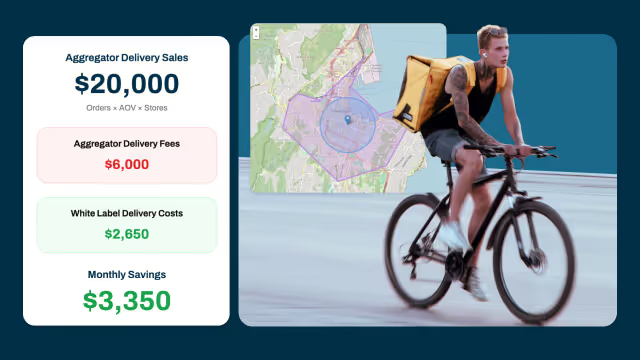


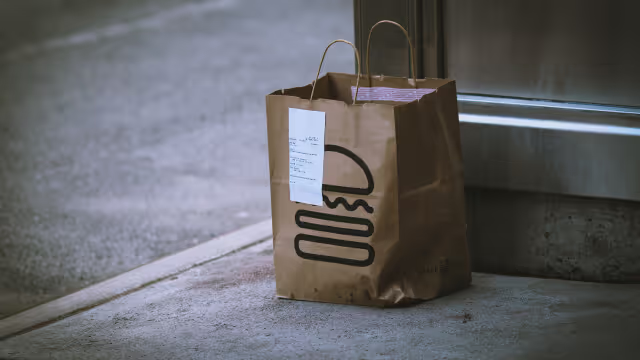




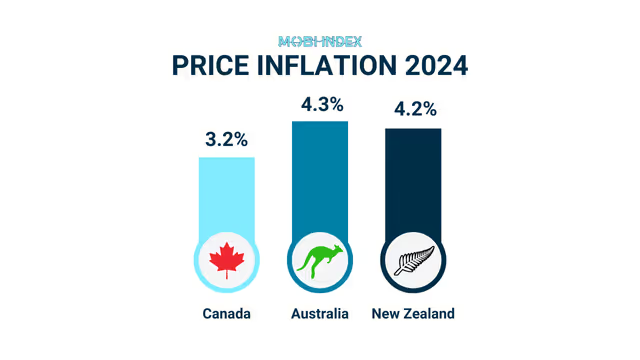

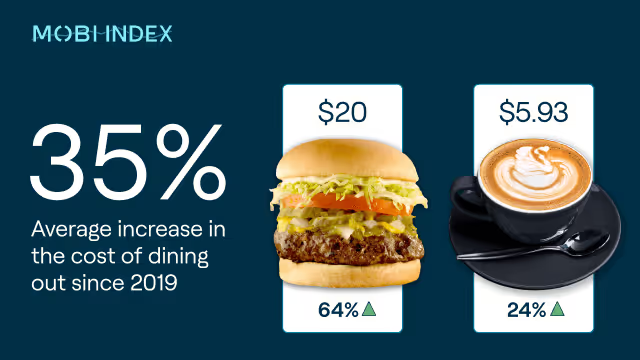

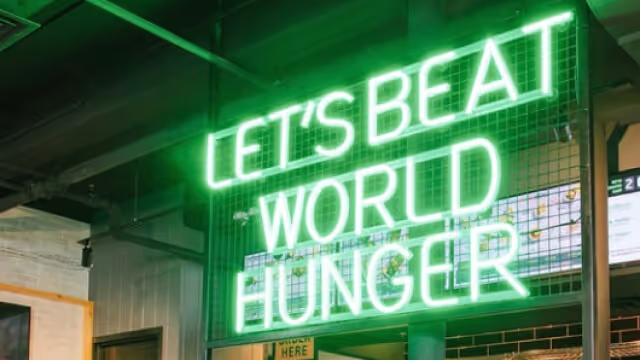



.avif)
.avif)


.avif)
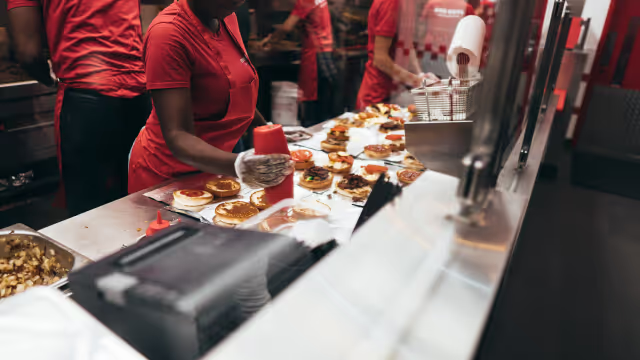
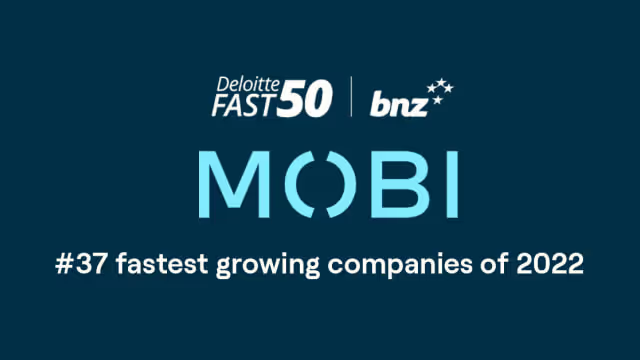
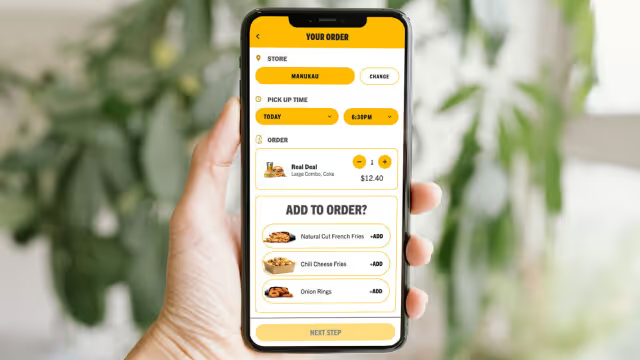

%203.avif)
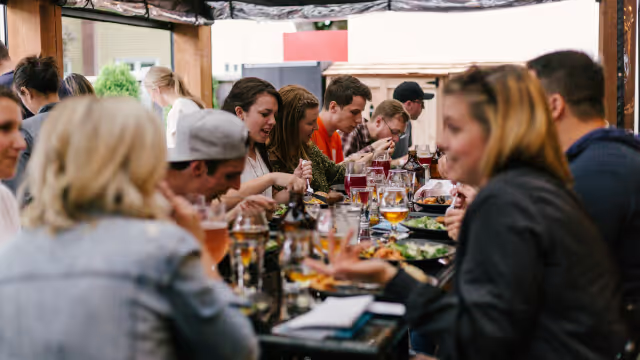





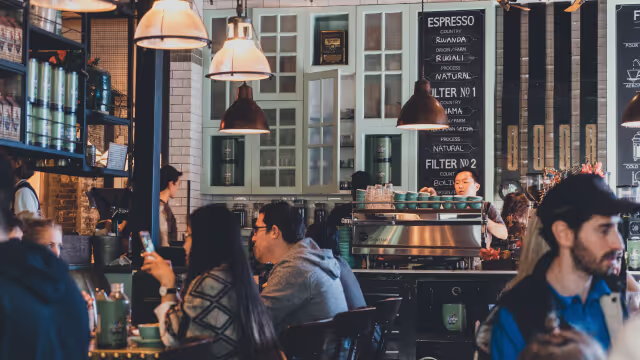

%203.avif)
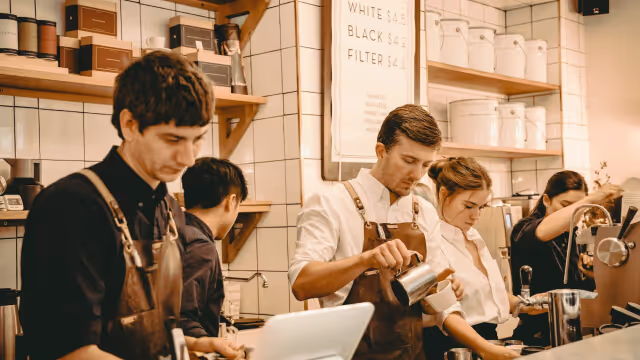
%203.avif)


